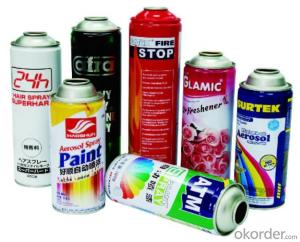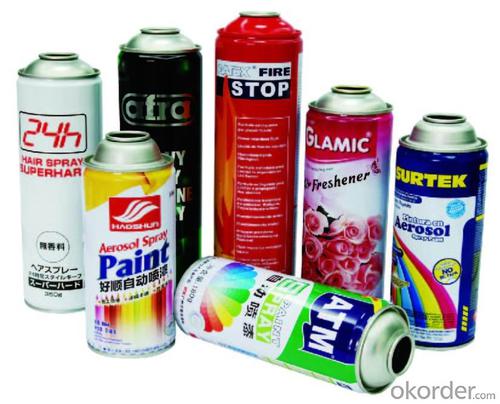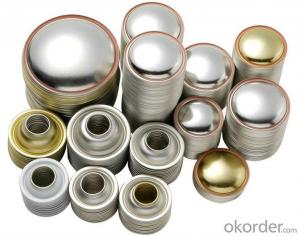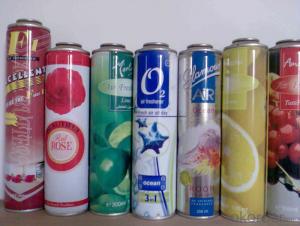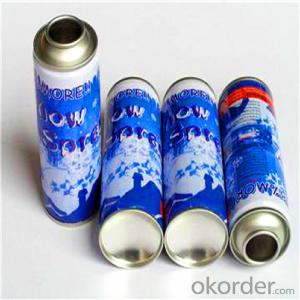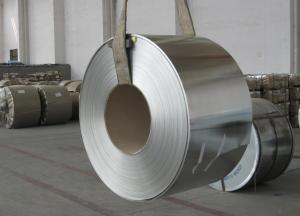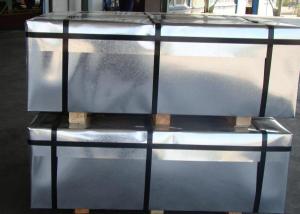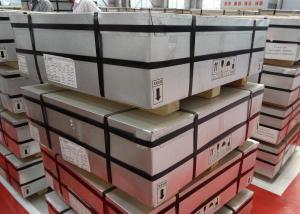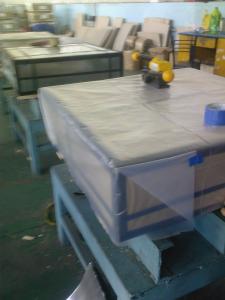Aerosol Spray Can For Air Frenshner, Furniture Polish
- Loading Port:
- China main port
- Payment Terms:
- TT OR LC
- Min Order Qty:
- 50000 pc
- Supply Capability:
- 30000000 pc/month
OKorder Service Pledge
OKorder Financial Service
You Might Also Like
1. Detailed Specification
Diameter | 65mm |
Can height | 90-240mm |
Cone height | 13.5mm |
Thickness | 0.19/0.20mm as requested |
Printing | CMYK/Plain/White/as requested |
Internal | Golden/Plain/as requested |
Deliver time | With 15 days after receiving the deposit |
Opening internal/Opening external | 25.4±0.1mm/31.20±0.15mm |
Bursting pressure/deformation | >1.5mpa/1.3mpa |
2. Appearance Specifications
Diameter(mm) | Type | Height(mm) |
45mm | Necked-in | 95~220 |
52mm | Necked-in | 95~260 |
57mm | Necked-in | 100~240 |
60mm | Necked-in | 100~240 |
60mm | Straight | 100~240 |
65mm | Necked-in | 100~300 |
65mm | Straight | 100~240 |
3.Usage:
suitable for insecticide, air freshener, body spray, lighter refill, car care etc
4.Packing
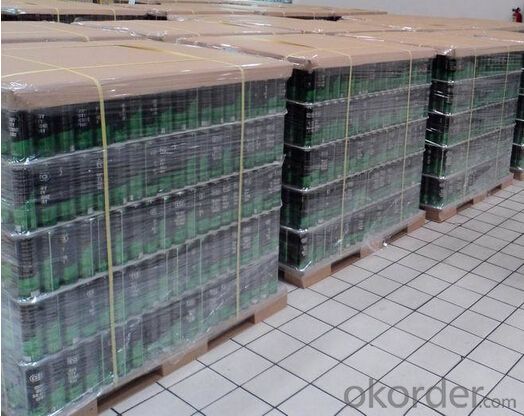
5.FAQ
1. Delivery Time:15-25 days, time can be shorten upon customer’s situation
2. Productivity:1,000,000 Cans/Day; 500,000 Printing Sheets/Day
3. MOQ:50,000pcs, but finally upon your size
4. Payment Term: 30% TT in advance, 70% balance against BL copy; 100% by LC at sight
- Q: Can tinplate be used for frozen food packaging?
- Yes, tinplate can be used for frozen food packaging. Tinplate is a type of steel coated with a thin layer of tin, which provides excellent durability and corrosion resistance. These properties make it suitable for packaging frozen foods as it can effectively protect the food from moisture and oxygen, ensuring its quality and extending its shelf life. Additionally, tinplate is also recyclable, making it an environmentally friendly choice for frozen food packaging.
- Q: How does tinplate compare to tin-free steel in terms of properties and applications?
- Tinplate and tin-free steel have distinct properties and applications. Tinplate is steel coated with a thin layer of tin, making it corrosion-resistant, ductile, and ideal for applications requiring high aesthetic appeal, such as food and beverage packaging. On the other hand, tin-free steel lacks the tin coating but compensates with a polymer or metallic coating, offering enhanced strength and weldability. Tin-free steel finds application in various industries, including automotive, construction, and industrial packaging, where durability and cost-efficiency are prioritized over aesthetic requirements.
- Q: How does tinplate compare to aluminum in terms of recyclability?
- Tinplate and aluminum are both highly recyclable materials. However, aluminum is often considered more recyclable than tinplate due to its higher recycling rate and energy efficiency in the recycling process. Aluminum can be recycled indefinitely without losing its properties, whereas tinplate may require some additional processing to remove the tin coating before recycling. Nonetheless, both tinplate and aluminum contribute to a sustainable circular economy when properly recycled.
- Q: What are the advantages of using tinplate for electrical enclosures?
- There are several advantages of using tinplate for electrical enclosures. Firstly, tinplate offers excellent corrosion resistance, ensuring the durability and longevity of the enclosure even in harsh environments. Secondly, tinplate has high strength and rigidity, providing robust protection for the electrical components inside. Additionally, tinplate is a cost-effective option compared to other materials, making it a popular choice for mass production. Lastly, its malleability allows for complex shapes and designs, providing flexibility in enclosure manufacturing.
- Q: What are the main challenges in tinplate coil handling?
- Some of the main challenges in tinplate coil handling include the need for careful handling to prevent damage or deformation of the delicate tin coating, ensuring proper stacking and storage to prevent coil collapse or shifting, and the requirement for specialized equipment and techniques to safely maneuver and transport the heavy and bulky coils.
- Q: Can tinplate be used for packaging beverages?
- Yes, tinplate can be used for packaging beverages. Tinplate is a type of steel coated with tin, which provides excellent corrosion resistance and ensures the contents of the packaging remain safe and unaffected. It is commonly used for packaging beverages such as canned drinks, juices, and other liquid products as it prevents contamination, preserves freshness, and extends the shelf life of the product.
- Q: Tinned iron and iron matte tin in difference
- Tin tin in tin and iron is ordinary, the price is cheaper than the frosted iron, no sand surface, at the grassroots level printed on a white layer after printing all kinds of exquisite patterns, but also can do all kinds of gold silver transparent iron printing, in the light can return the light, give a person a kind of dazzling feeling also, high-grade, affordable prices, so the tinned iron printing packing made by wide customers.
- Q: How does tinplate contribute to sustainable packaging?
- Tinplate contributes to sustainable packaging by being highly durable, recyclable, and resistant to corrosion. It can be reused multiple times, reducing the need for new materials. Tinplate also provides excellent protection to the packaged goods, reducing food waste and extending product shelf life. Additionally, its recyclability helps in reducing the environmental impact by minimizing waste generation and conserving resources.
- Q: Can tinplate be used for paint can packaging?
- Yes, tinplate can be used for paint can packaging. Tinplate is a commonly used material for manufacturing paint cans due to its durability, corrosion resistance, and ability to be easily formed into different shapes and sizes.
- Q: What are the common surface coatings for tinplate?
- The common surface coatings for tinplate include tin-free steel, electrolytic tinplate, tin-free steel with organic coatings, and tinplate with lacquered coatings.
Send your message to us
Aerosol Spray Can For Air Frenshner, Furniture Polish
- Loading Port:
- China main port
- Payment Terms:
- TT OR LC
- Min Order Qty:
- 50000 pc
- Supply Capability:
- 30000000 pc/month
OKorder Service Pledge
OKorder Financial Service
Similar products
Hot products
Hot Searches
Related keywords

